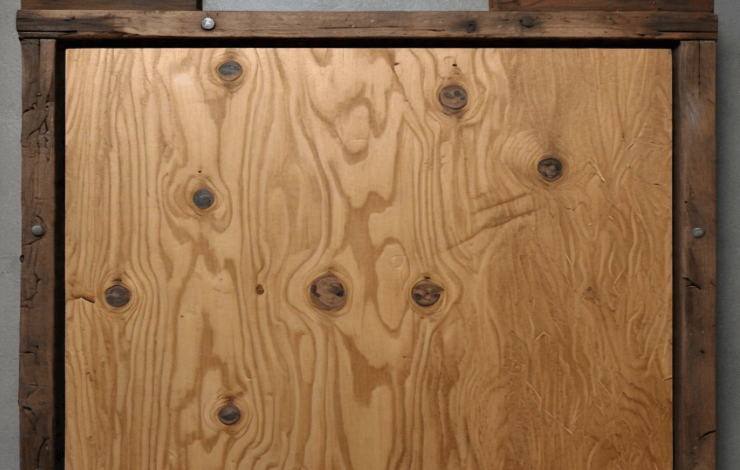
When it comes to building materials, few choices are as critical as plywood. Among the various types available, termite resistant plywood has gained significant attention due to its ability to withstand the destructive nature of termites. This blog explores the science behind termite resistant plywood, explaining how it works, its benefits, and why it is essential for homeowners and builders alike.
What is Termite Resistant Plywood?
Termite resistant plywood is engineered specifically to resist termite infestations and damage. Unlike standard plywood, which can be susceptible to pests, this specialized plywood undergoes treatments that enhance its durability and resistance to wood-boring insects. The treatment processes not only protect the wood but also improve its overall structural integrity.
The Science Behind Termite Resistance
Understanding the science behind plywood science involves looking at both the materials used and the treatment processes applied. Here are the key components:
1. Chemical Treatments:
The primary method for making plywood termite resistant is through chemical treatments. These treatments typically involve:
- Insecticides: Chemicals such as borates or other insecticides are infused into the wood during manufacturing. These compounds disrupt the digestive systems of termites, effectively deterring them from feeding on the plywood.
- Preservatives: Preservatives are used to prevent decay and fungal growth, which can also attract termites. Commonly used preservatives include copper-based compounds that provide long-lasting protection.
2. Vacuum Pressure Treatment:
One of the most effective methods for treating plywood is vacuum pressure treatment. This process involves placing the plywood in a vacuum chamber where preservatives are introduced under high pressure. This ensures that the chemicals penetrate deeply into the wood fibers, providing comprehensive protection against termites and other pests.
3. Material Composition:
The type of wood used in manufacturing also plays a crucial role in termite resistance. High-quality plywood often uses hardwood species that are naturally resistant to pests. Additionally, using BWP (Boiling Water Proof) grade phenolic resins enhances both moisture resistance and structural integrity, making it less appealing for termites.
Benefits of Using Termite Resistant Plywood
Investing in termite resistant plywood offers numerous advantages that extend beyond just pest prevention:
- Longevity: Treated plywood can significantly increase the lifespan of your furniture and structures by preventing termite damage.
- Cost-Effectiveness: Although termite resistant plywood may have a higher initial cost compared to untreated options, it saves money in the long run by reducing repair and replacement costs associated with termite damage.
- Moisture Resistance: Many types of termite resistant plywood are also designed to withstand moisture, making them ideal for use in areas prone to dampness, such as basements or bathrooms.
- Aesthetic Appeal: Quality termite resistant plywood retains its appearance over time, ensuring that your furniture looks new longer without visible signs of pest damage.
Read also: Commercial Kitchens Shropshire: the Ideal Kitchen for Your Business
Conclusion
In conclusion, understanding the science behind termite resistant plywood is essential for anyone looking to invest in durable and lasting building materials. By utilizing advanced chemical treatments, vacuum pressure techniques, and high-quality materials, manufacturers create plywood that not only resists termites but also enhances the overall longevity and aesthetic appeal of your projects.
Choosing termite resistant plywood is a proactive step towards safeguarding your investment against one of nature’s most destructive pests. With its combination of durability, cost-effectiveness, and moisture resistance, this type of plywood stands out as a superior choice for homeowners and builders alike. By opting for this innovative material, you ensure that your spaces remain beautiful and structurally sound for years to come.




